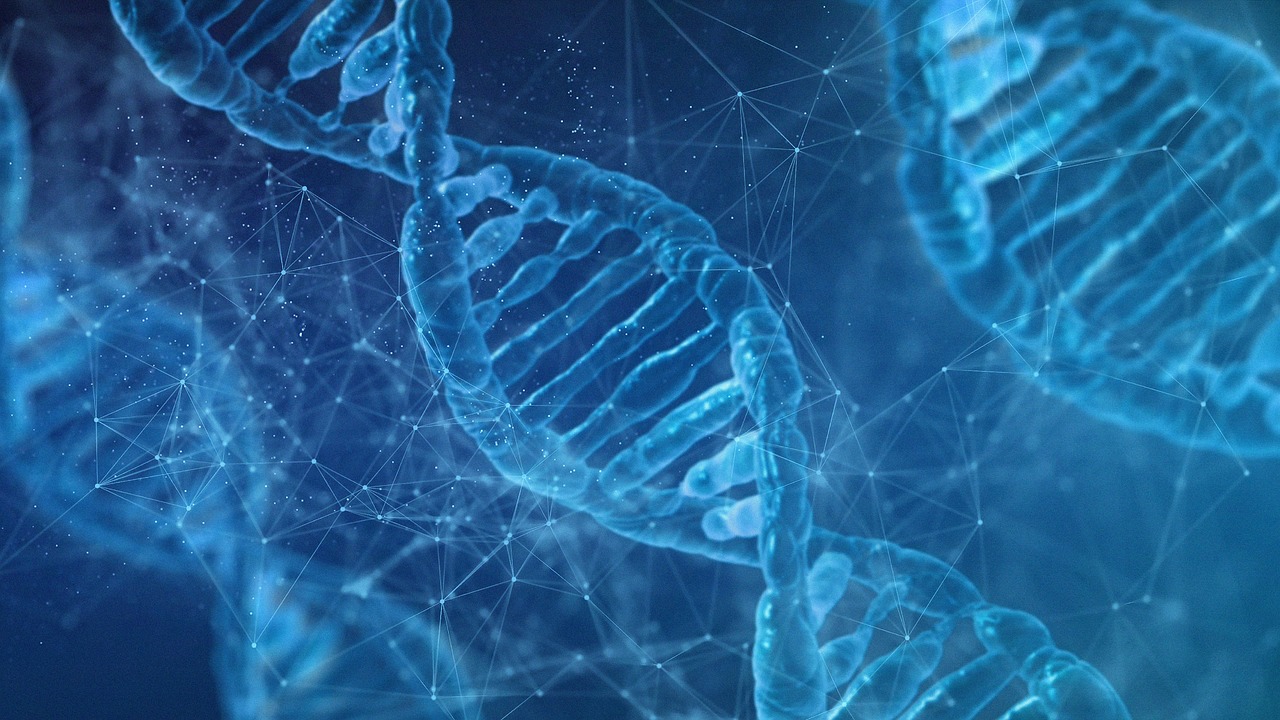Greenhouse gases (GHGs) are gases in Earth’s atmosphere that trap heat and contribute to the greenhouse effect, which warms the planet. They allow sunlight to enter the atmosphere freely, but when the Earth’s surface absorbs solar energy and re-emits it as heat, GHGs trap this heat, preventing it from escaping into space. This natural process keeps the Earth warm enough to support life, but an excess of these gases can lead to global warming and climate change.
Main Greenhouse Gases:
- Carbon Dioxide (CO₂):
- Source: Primarily from burning fossil fuels (coal, oil, and natural gas), deforestation, and industrial processes.
- Significance: While not the most potent GHG per molecule, CO₂ is the most abundant and has a long atmospheric lifetime, making it the main driver of human-caused climate change.
- Methane (CH₄):
- Source: Emitted from livestock digestion, agriculture (like rice paddies), landfills, and the production and transport of coal, oil, and natural gas.
- Significance: Methane is much more effective at trapping heat than CO₂ (about 25 times over a 100-year period), but it has a shorter atmospheric lifetime.
- Nitrous Oxide (N₂O):
- Source: Released from agricultural activities (especially the use of nitrogen-based fertilizers), industrial activities, and the burning of fossil fuels and organic matter.
- Significance: It is about 300 times more effective than CO₂ in trapping heat over a 100-year period, and it has a long atmospheric lifetime.
- Fluorinated Gases (F-gases):
- Types: Includes hydrofluorocarbons (HFCs), perfluorocarbons (PFCs), sulfur hexafluoride (SF₆), and nitrogen trifluoride (NF₃).
- Source: Mainly from industrial activities, including refrigeration, air conditioning, and semiconductor manufacturing.
- Significance: F-gases have a high global warming potential (GWP) and long atmospheric lifetimes, although they are present in smaller quantities than other GHGs.
- Water Vapor (H₂O):
- Source: Naturally occurring from evaporation and transpiration in the water cycle.
- Significance: Water vapor is the most abundant greenhouse gas, amplifying the greenhouse effect. However, human activities do not directly increase its concentration; instead, warming from other GHGs leads to more water vapor in the atmosphere, creating a feedback loop.
How Greenhouse Gases Are Measured:
Greenhouse gases are measured in parts per million (ppm), parts per billion (ppb), or parts per trillion (ppt), depending on their concentration. The Global Warming Potential (GWP) of each gas is also calculated to show how much heat each gas traps over a given period, usually 100 years, relative to CO₂.
Why Greenhouse Gases Matter:
The increase in greenhouse gases from human activities, particularly CO₂, methane, and nitrous oxide, has intensified the natural greenhouse effect, causing more heat to be trapped. This is leading to global warming and climate change, which have far-reaching impacts, including rising sea levels, more extreme weather events, and ecosystem disruptions.

